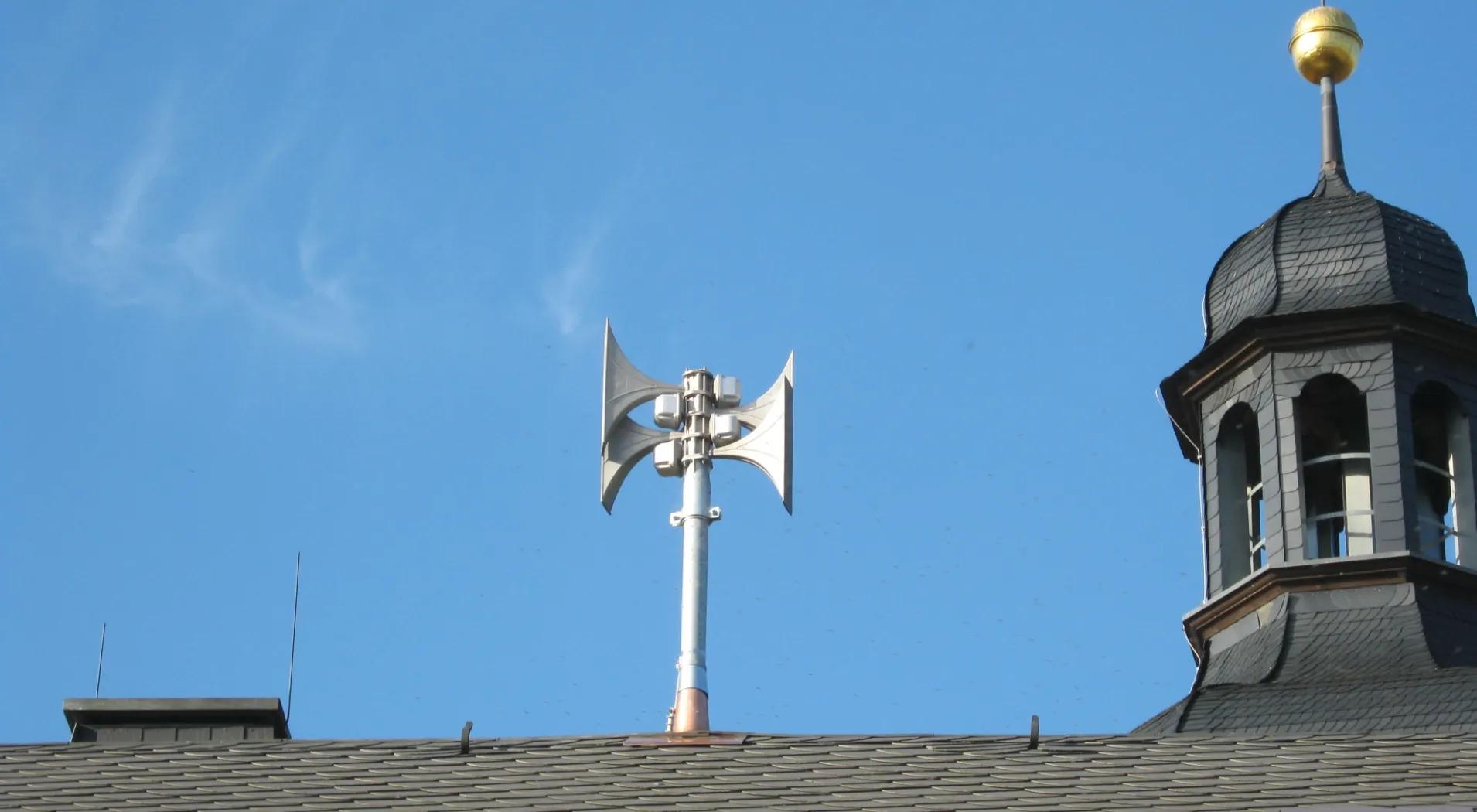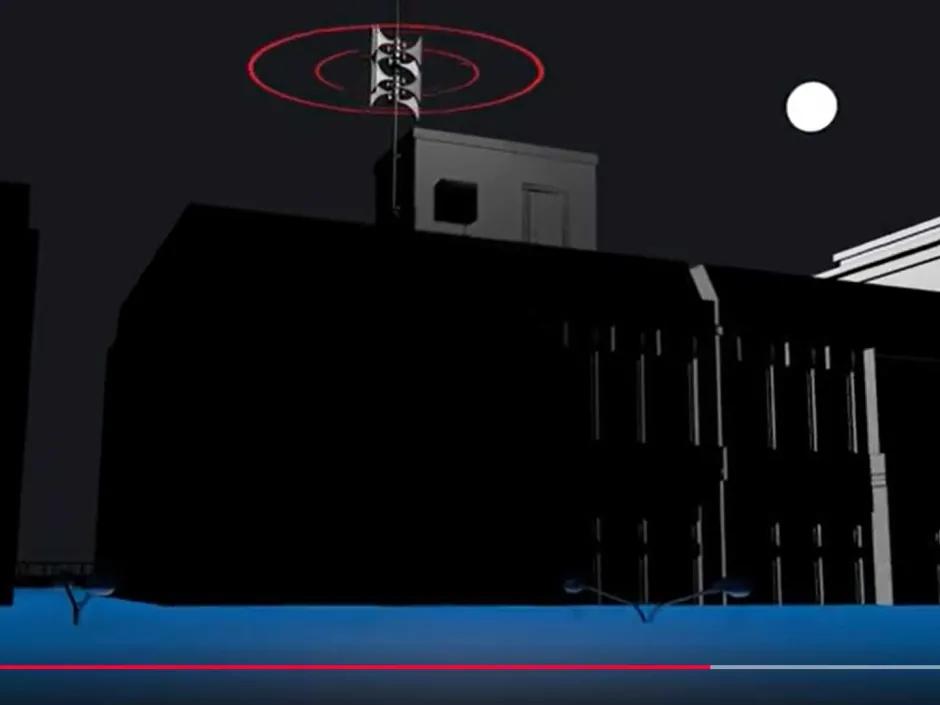HÖRMANN Automotive Saarland GmbH
AIC Projects GmbH
HÖRMANN Informationssysteme GmbH
ENEX Power Germany GmbH
HÖRMANN Finance & Accounting GmbH
AIC HÖRMANN GmbH & Co. KG

Declaration on accessibility
Declaration of accessibility
HÖRMANN Warnsysteme GmbH endeavors to make its website https://www.hoermann-ws.de in accordance with the Bavarian Act on Equality, Integration and Participation of Persons with Disabilities (Bayerisches Behindertengleichstellungsgesetz - BayBGG) and the Bavarian Barrier-free Information Technology Ordinance (BayBITV) for the implementation of Directive (EU) 2019/882 of the European Parliament and of the Council (‘European Accessibility Act’ (EAA)).
This accessibility statement applies to the currently published version of the website https://www.hoermann-ws.de.
Status of compliance with the requirements
The accessibility requirements are based on the Bavarian Act on Equality, Integration and Participation of Persons with Disabilities (Bayerisches Behindertengleichstellungsgesetz - BayBGG) and the Bavarian Accessible Information Technology Ordinance (BayBITV)
The verification of compliance with the requirements is based on a review carried out in the period from 1. the compliance check is based on an analysis carried out between 1 and 27 June 2025 using the software tool Accessible Web RAMP.
For the check, all content pages were analyzed by the software tool and the errors were corrected as far as possible. The results are documented in a test report.
Formal confirmation of the accessibility of our website
We have the following formal confirmation of the accessibility of our website: Based on WCAG 2.2 at conformance level "AA" according to the report named above. The last review here took place on 06/05/25.
Incompatibilities
The existing known incompatibilities are listed below:
1. Non-accessible content
1.1 Text alternatives for graphic page elements
- Linked images and graphic buttons sometimes have no text alternative or this is not equivalent.
- Unlinked, information-bearing images and multimedia objects do not always have an equivalent text alternative.
1.2 Semantic structuring and adaptability
- Subheadings are not always marked up using HTML structural elements.
- The labels "Salutation" and "Postcode" in the contact form are not correctly linked to the associated form field.
- In some cases - such as error handling in the contact form - reference is made exclusively to sensory features such as color and positioning. These references are not comprehensible without the perception of sensory characteristics.
1.3 Distinctness
- Fonts and colors are used on the website in elements that do not have sufficient contrast to the respective background.
- To mitigate this incompatibility, a high-contrast switch has been added to the page frame of this website, which improves the distinctiveness of this content.
- The browser zoom is supported by the website, but when using the text zoom or when enlarging fonts, overlays occur. some parts of the page overlap or are cut off.
- In the case of very small displays, e.g. a display width of 320px, individual content on the website is cut off.
- The flyout menu of a menu item in the main navigation only closes when the hover state of the mouse is changed, but it does not close when the keyboard focus is changed.
1.4 Keyboard operation
- The website can only be operated with the keyboard to a limited extent.
- The current keyboard focus is not visible. Some controls such as the jump marker to the top of the page, the scroll function of the teaser slider on the home page and the entire mobile menu cannot be reached or operated using the keyboard.
1.5 Time limits and moving content
- The teaser slider on the home page automatically switches between different content. This movement does not stop automatically, nor can it be stopped manually.
1.6 Readability
- The website is currently offered in German.
Non-German words, e.g. technical terms, are not marked.
1.7 Other
- The HTML of the website is not valid.
- PDFs available for download, such as flyers, are not accessible.
- Content is not yet provided in plain language or sign language.
The offers that are currently not fully accessible will be successively adapted accordingly.
2. Disproportionate burden
The exception due to disproportionate burden according to Art. 5 of Directive (EU) 2016/2102 is temporarily invoked here.
- Subtitles for videos have not yet been fully maintained or automatically created in some cases (WCAG success criterion 1.2.2).
- No audio description is provided for videos that require an audio description (WCAG success criterion 1.2.3).
- Integrated, external third-party content, for example videos, podcasts or posts from social media platforms are not fully accessible.
Creation of this accessibility statement
This statement was created on 06/25/025.
Feedback and contact details
Would you like to inform us of any existing barriers or request non-accessible content in an accessible format? Please get in touch with our responsible contact persons.
Responsible for accessibility and the processing of messages received as part of the feedback mechanism is:
HÖRMANN Warnsysteme GmbH
Hauptstr. 45-47
85614 Kirchseeon
https://www.hoermann-ws.de/de/kontakt
Enforcement procedure
If no satisfactory solution has been found even after your feedback to the above-mentioned contact, you can contact the Barrier-free Information Technology Enforcement and Monitoring Body. After a period of six weeks, you have the right to contact the enforcement and monitoring body directly. With the involvement of all parties concerned, the enforcement body will attempt to determine the circumstances of the lack of accessibility so that the institution can rectify them.
Landesamt für Digitalisierung, Breitband und Vermessung
IT-Dienstleistungszentrum des Freistaats Bayern
St.-Martin-Straße 47
81541 München
E-Mail: bitv@bayern.de
Website: www.ldbv.bayern.de/digitalisierung/bitv.html

